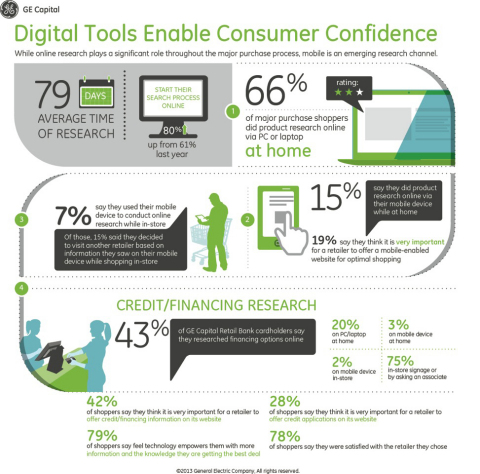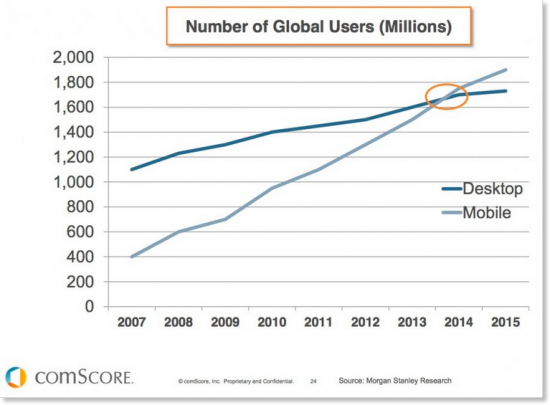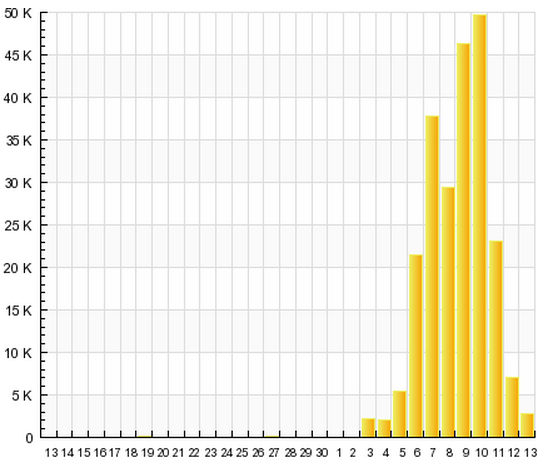The New Generation of SEO Marketing

SEO strategies changed once search algorithms adopted conversational style queries and we now have a new generation how people search and the SERPs (search engine result pages) dish up the results.
Both social media and mobile have allowed consumers to take the lead when it comes to how information is found. As new platforms such as Periscope and Snapchat continue to grow content will need to change.
More people are taking their time in research before making a major purchase, according a study by GE Capital:

This has grown nearly 20 percent in the last year according to the report, and continues to climb as consumers spend more time on their mobile devices and home computers to gather information.
According to an article on Mashable, there are more than 100 billion searches a month on Google, with more than half of those on mobile.
Remember when you relied on certain keywords for your target market?
This has now been replaced with topical phrases, like this example in Google search:

Today’s website page and post content should include phrases with variations of your main keywords in an organic, original format that is based on the needs and desires of your target market. Tools like Google Keyword Planner and SEMrush are still helpful in your marketing research, and can narrow down your results.
As long-tail keywords continue to dominate SEO your business should research who your audience is and what they are looking for paying close attention to what the competition is using along with the latest topic and hashtag trends in your market.
In order to rank higher in search articles should be well researched, and original, optimized for mobile with professional and relevant images or video like this example from Lifehacker:

In 2015 Searchmetrics conducted a study of the key components of today’s SEO strategy. Here are a few ways your business can adopt a better content strategy for higher visibility and ranking:
Build a responsive website – Responsive design allows your business website to easily adapt to computers and smart devices. When your readers can’t access information quickly and easily on their smartphone or tablet they will move on to one that can, which could cost you in subscribers and sales. Mobile usage is on the rise and will become more widely used as shown in this comScore data on Smart Insights:

Content should still include relevant keyword phrases, but the type of platform being used to access information is a key factor in being found in search.
Focus less on backlinks – In the last couple of years search engine rankings have not been factoring backlinks from your website on a high scale as they once used to. In fact, in 2012 Google released their link disavowal tool, which can be used to stop ‘bad neighborhood’ links. This means that links can now be removed and websites even penalized, especially purchased links. Social signals now have a much larger impact on website visibility, even though Google does not officially recognize this pattern.
Content that is shared often on places like Facebook, Twitter, and Google Plus can greatly increase website traffic and shown here by Kissmetrics, depicting how a post started to be shared weeks after it appeared and was first tweeted:

As social media and mobile dominate search and sales the consumer’s voice will continue to impact how business approaches content. Keywords are now just the starting point for crafting topical phrases and optimizing websites for search. They key to success in 2016 is to have a strong presence on social media where fresh, original content is being shared from a responsive website that answers your audience’s biggest questions.
Susan Gilbert
Latest posts by Susan Gilbert (see all)
- 12 SEO, Digital Marketing Automation, and Live Chat and Chatbot Tools - January 24, 2023
- 12 Time-Saving Blogging, Newsletter Creation, and SaaS Tools - November 29, 2022
- 12 Customer Communication, Instagram Brand Reach, and AI Marketing Plan Tools - October 25, 2022

